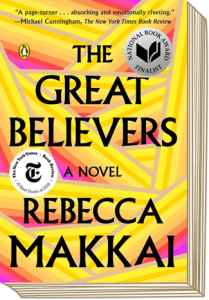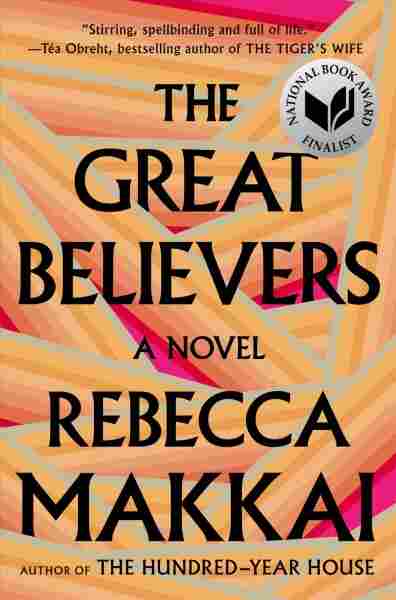


This is where Makkai did a good job of spelling out, for those unfamiliar, all the interactions and questioning as the condition spread, testing personal and social networks along with the pressures on employment, relationships, primary medical care, hospitalisations, the dreaded American Health Insurance industry, death, and its consequences. They are plugged into a sizable local scene (Chicago) with all the expected elements of food, music, clubs (sex and otherwise), and extended networking.

There are elements of their relationship that seem a little shaky. He has a long-term boyfriend (Charlie) who is deeply involved in the Gay Lib scene with a news sheet growing in popularity. Yale is a young man on the way up towards arts curatorial positions.

At the same time, the plague years were underway as she sought out a contact (Yale Tishman) who could promote her desire through the murky world of University donors both in terms of the system and those involved. Makkai had to create a link to contemporary Paris which she does through two more generations. Makkai says that this novel began with the 2015 section and the story of Nora, her opportune life in Paris of the 20s/30s and her artist lover and friends (including Modigliani) which leads to her possession (in old age) of valuable art material which she wants passionately to be displayed. It was a pity that the aftermath both for those still HIV+ and full-blown AIDS survivors (they do exist) did not incorporate these things. The book is extremely well written and the 1980s section is absorbing and presents well so many dimensions of that time ranging from GRID (how I remember that) through the growing fears, public discrimination, insecurities, illness, and deaths. It promised a lot in going back to a time which has a lot of emotional ties for me which continue and this, for me, was a weakness. I felt that this was a novel with too many threads but with some solid themes or messages.


 0 kommentar(er)
0 kommentar(er)
